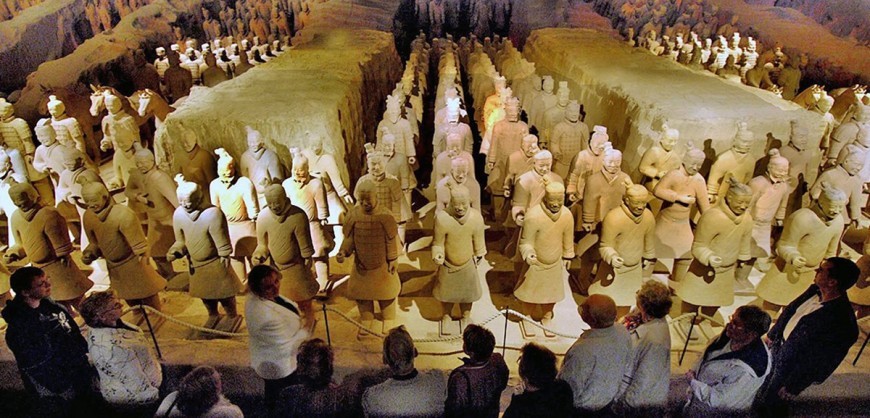The renowned Terracotta Warriors of China could possibly have been inspired from ancient Greece, while Greek sculptors, who came into contact with Chinese artists in the 3rd century BC, might have passed on their knowledge to the local artists.
Senior Chinese Archaeologist Li Xiuzhen, said that she was just starting to look more into the relationship between West and East in order to find more evidence, which could be human skeletons or Greek names. “Ten years ago I did not believe the Western influence theory. Over the last years, however, intensive talks have been going on about the contact between East and West”, she commented.

Chinese artists used to build small-sized statues and sign their names on them. So far neither a Greek or other Western name has been been recognised. Scientists believe that the real-sized Terracotta Warriors and Acrobats were built after Alexander the Great arrived in Central Asia. After his death in 323 BC, the East maintained trade activities with the West during the Hellenistic period. The Terracotta Warriors were discovered by accident in 1974 from Chinese farmers and the Acrobats later in 1999.




































